| TALES OF HEATH & POND |
VISITOR'S GUEST BOOK | HISTORY OF THE HEATH & POND | GUESTS' PHOTOGRAPHS | SOURCES OF INFORMATION | VIDEOS | SITE MAP |
Canada Geese
To see a larger copy of each image click on it; to see the next large image click at the right of the image, to go back click on the left of the image. To close a large image click on the cross in the top right hand corner.
New photographs are usually added to the bottom of the page - click to go to the bottom of this page
2020 |
||
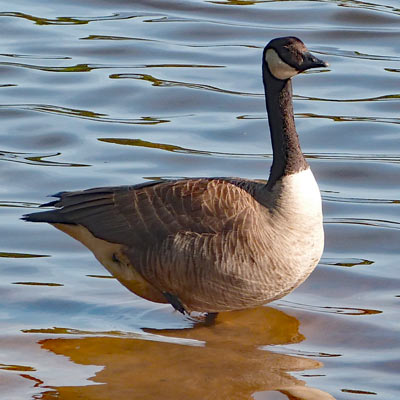 |
 |
|
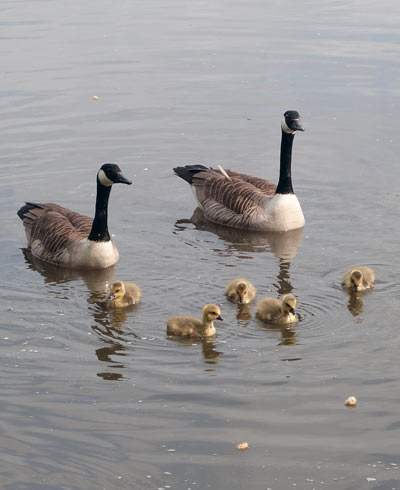 |

During the second year of their lives, Canada geese find a mate. They are monogamous, and most couples stay together all of their lives. If one dies, the other may find a new mate. The female lays from two to nine eggs with an average of five, and both parents protect the nest while the eggs incubate, but the female spends more time at the nest than the male. The incubation period, in which the female incubates while the male remains nearby, lasts for 24–32 days after laying. Canada geese are especially protective animals, and will sometimes attack any animal nearing its territory or offspring, including humans. Most of the species that prey on eggs also take a gosling. Although parents are hostile to unfamiliar geese, they may form groups of a number of goslings and a few adults, called crèches. In the water, it feeds from aquatic plants by sliding its bill at the bottom of the body of water. It also feeds on aquatic plant-like algae, such as seaweeds. |
|
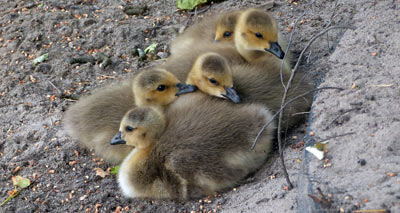 |
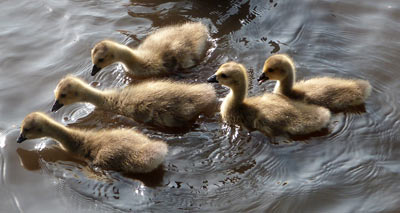 |
|
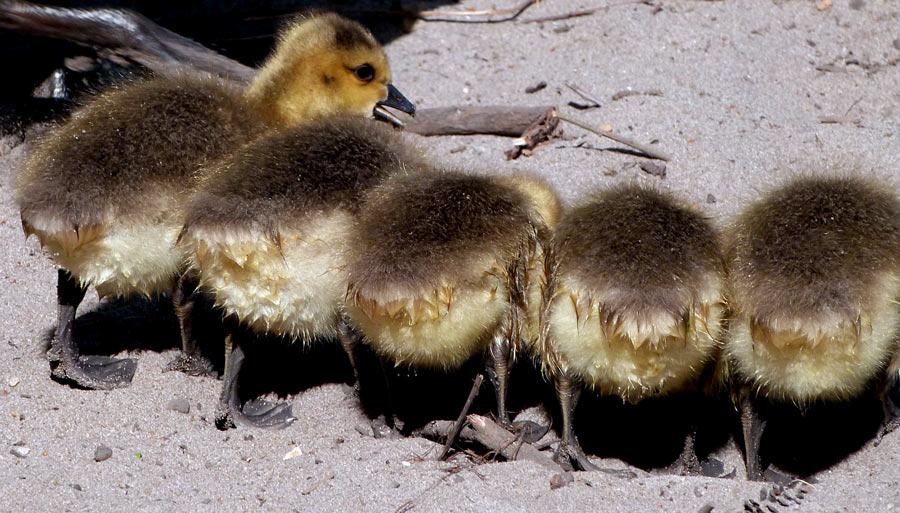 |
||
 |
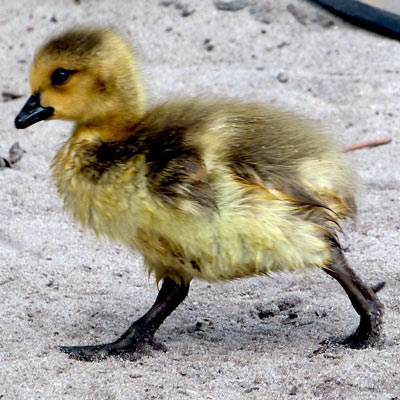 |
|
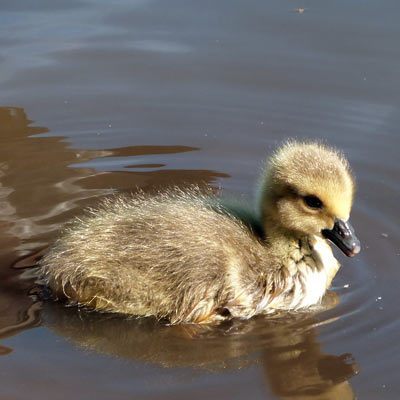 |
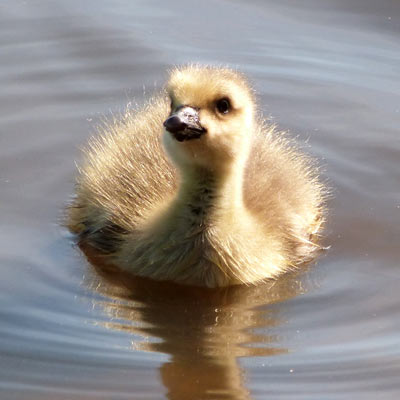 |
|
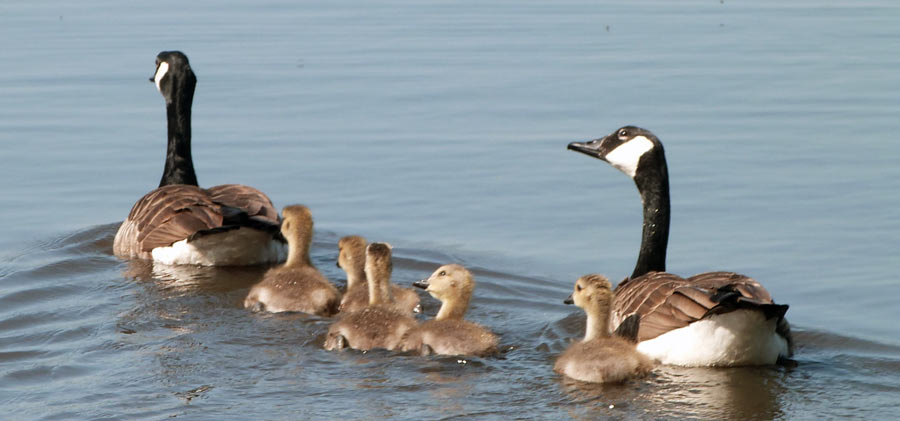 |
||
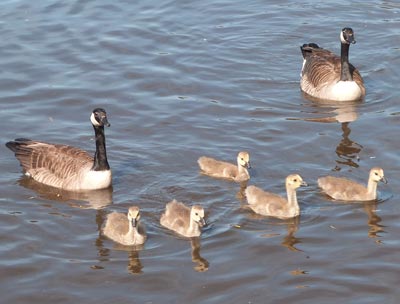 |
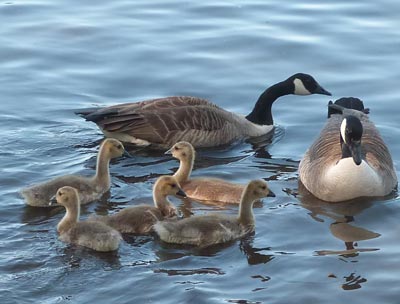 |
|
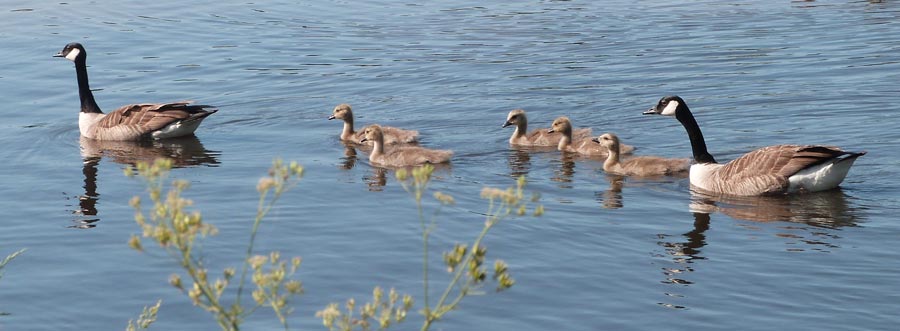 |
||
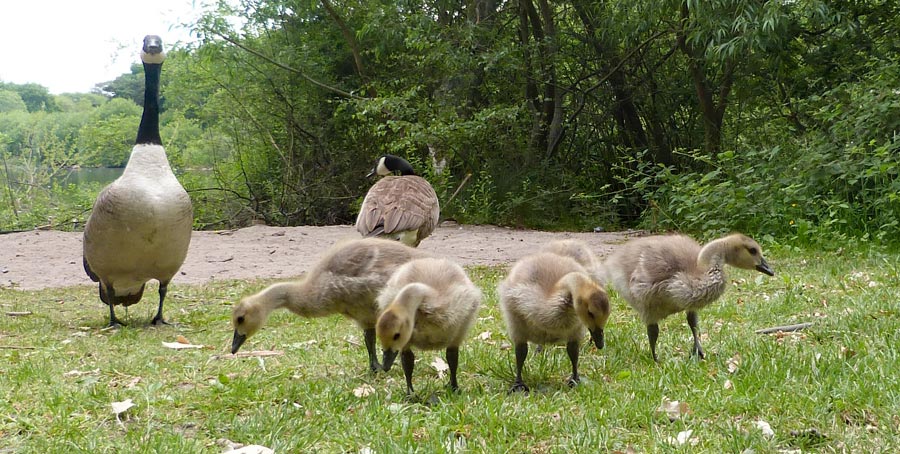 |
||
 |
||
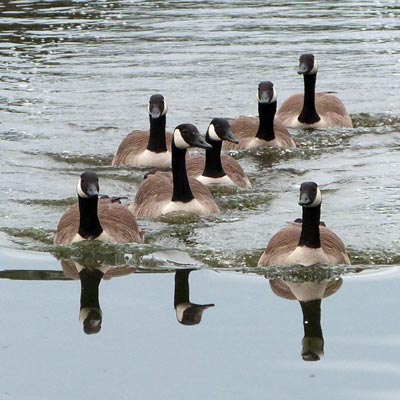 |
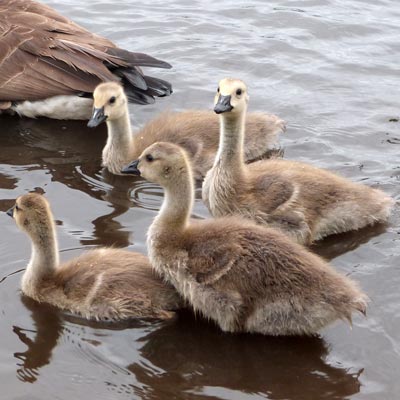 |
|
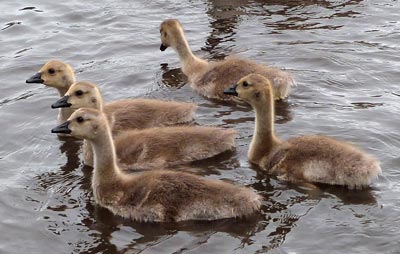 |
||
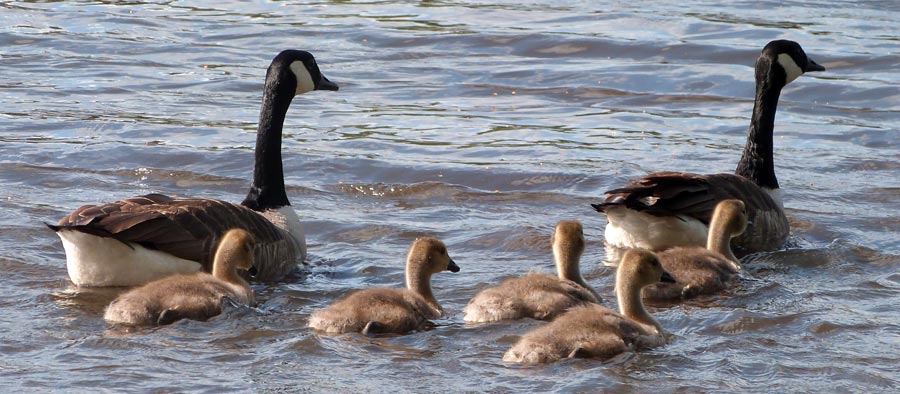 |
||
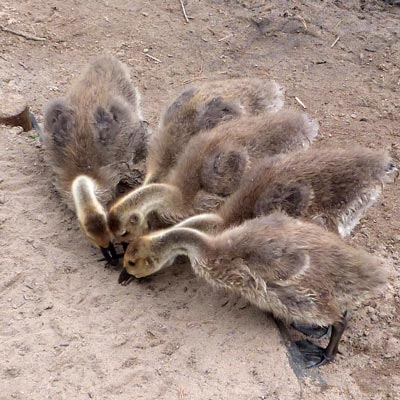 |
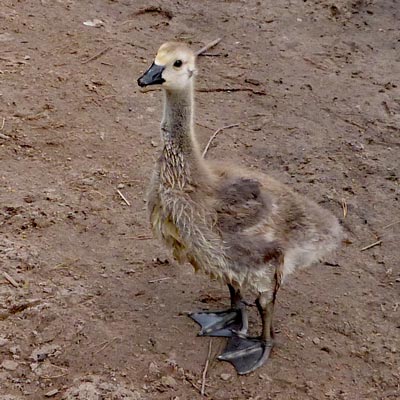 |
|
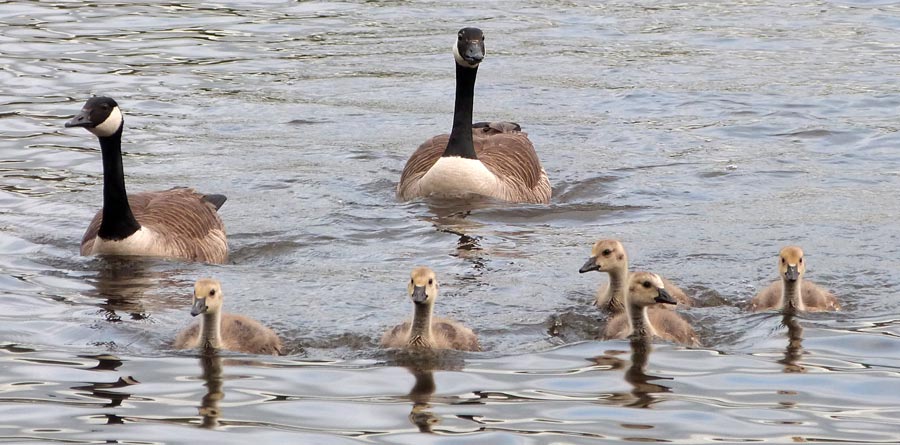 |
||
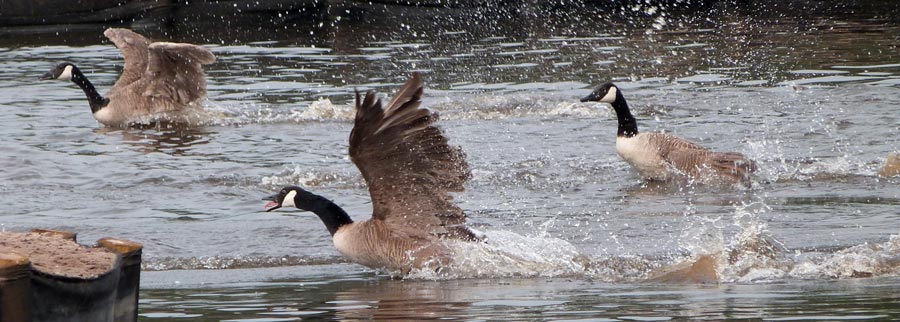 |
||
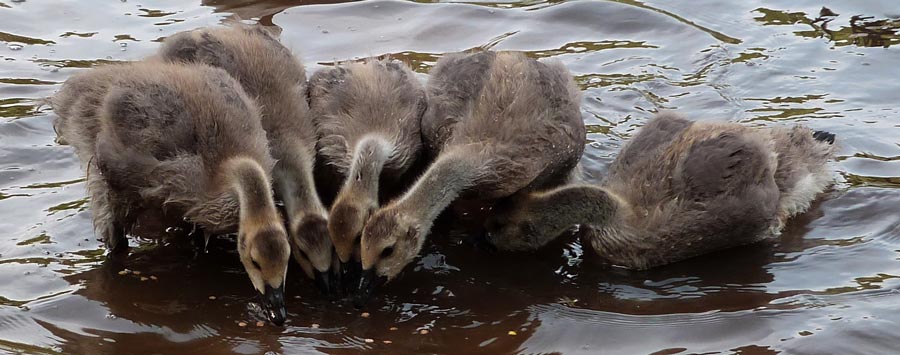 |
||
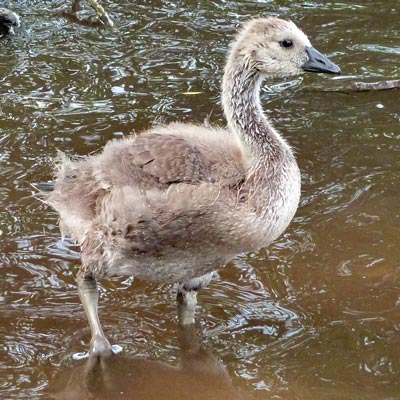 |
||
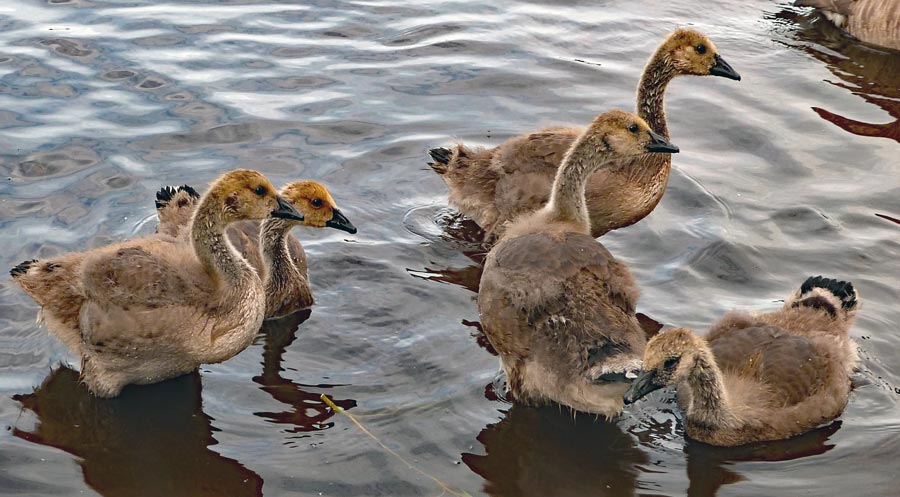 |
||
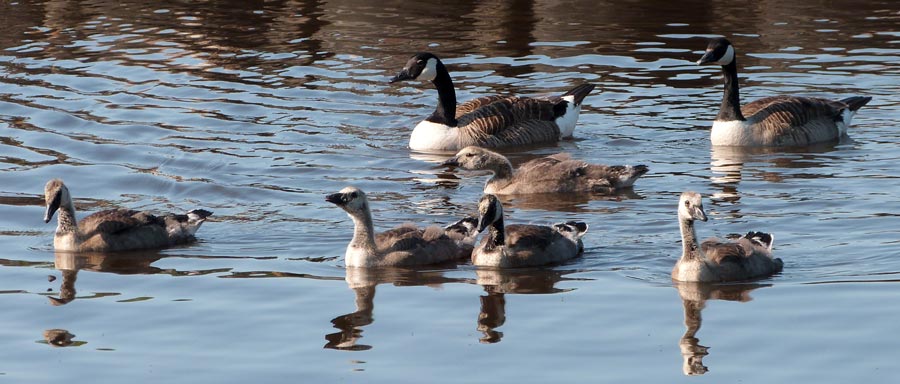 |
||
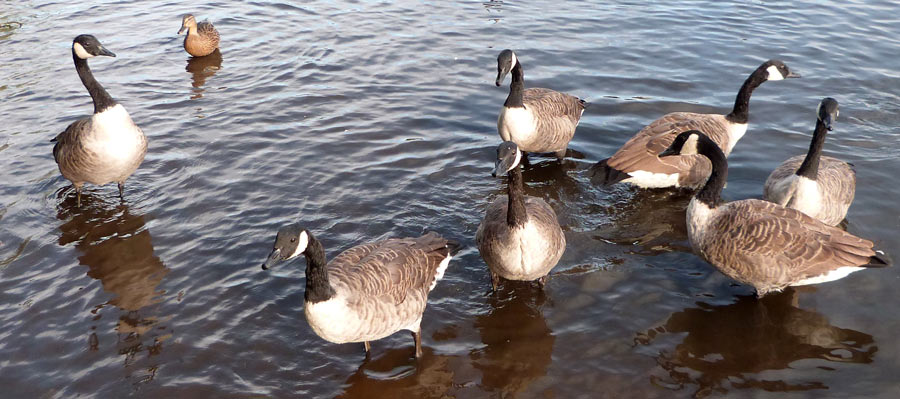 |
||
 |
||
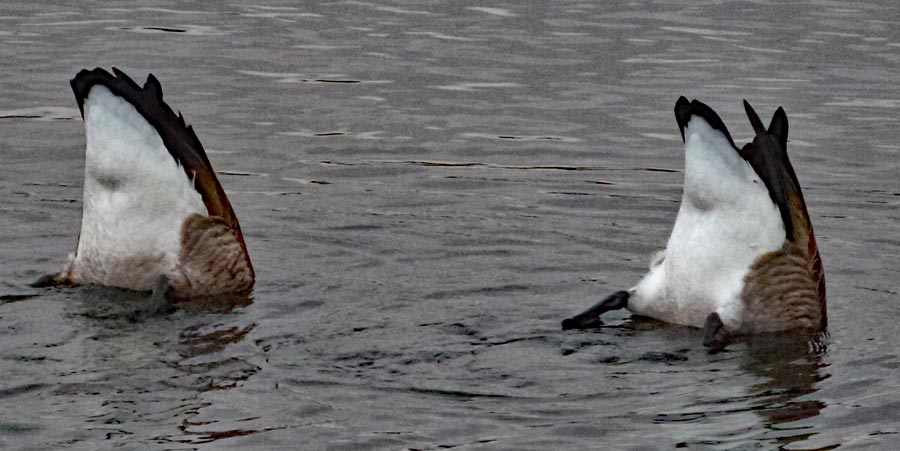 |
||
2021 |
||
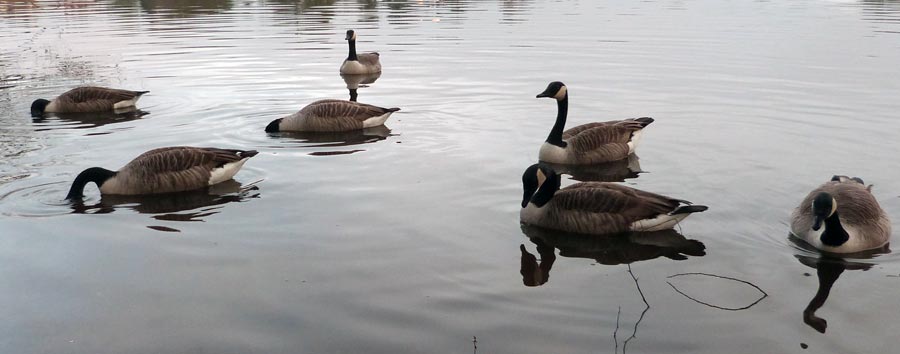 |
||
| January: Is this the same family that we saw last year? | ||
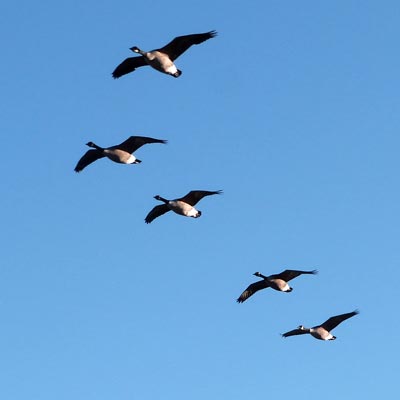 |
||
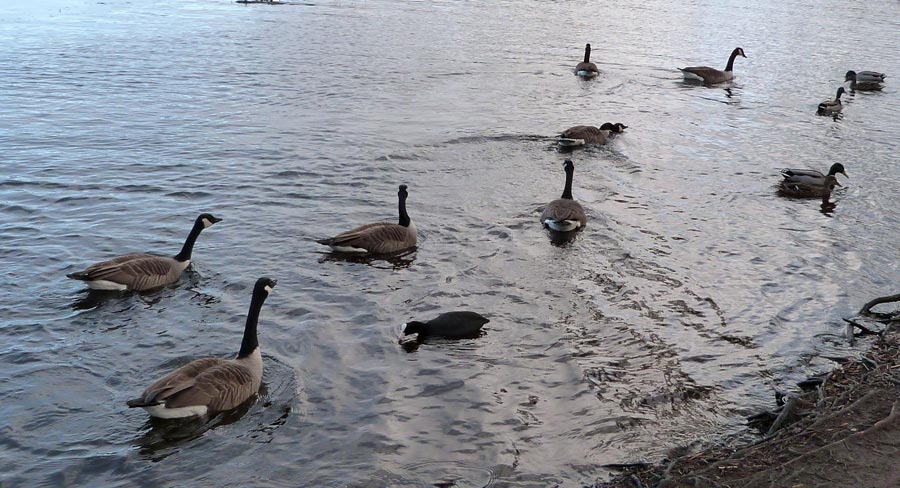 |
||
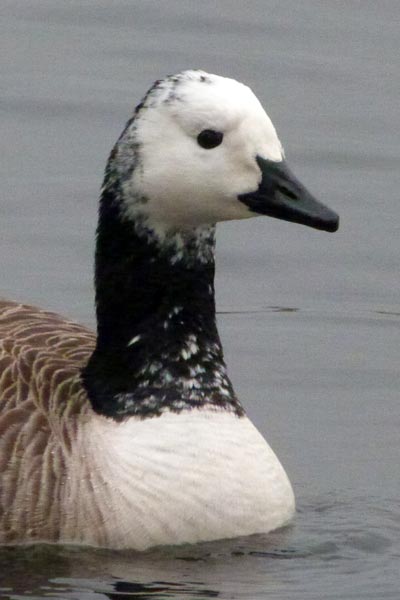 |
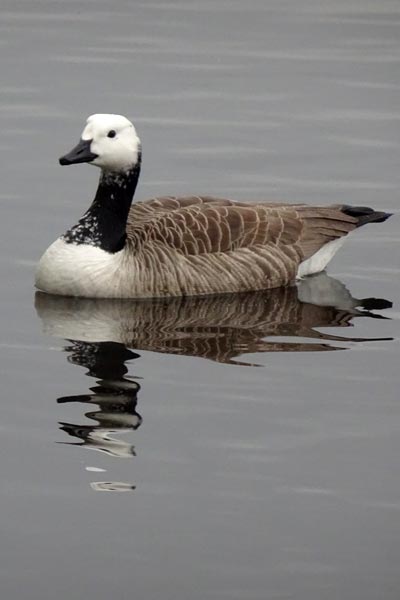 |
|
| 22 February: We spotted this "albino" Canada Goose | ||
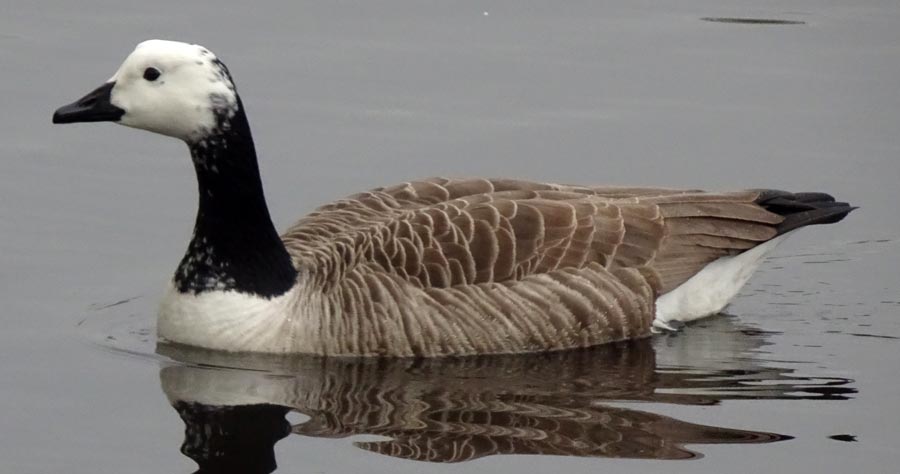 |
||
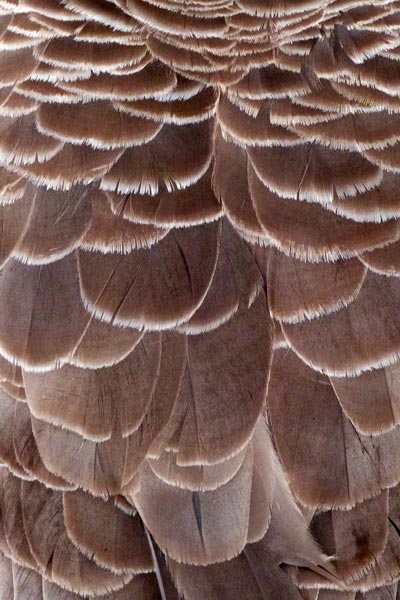 |
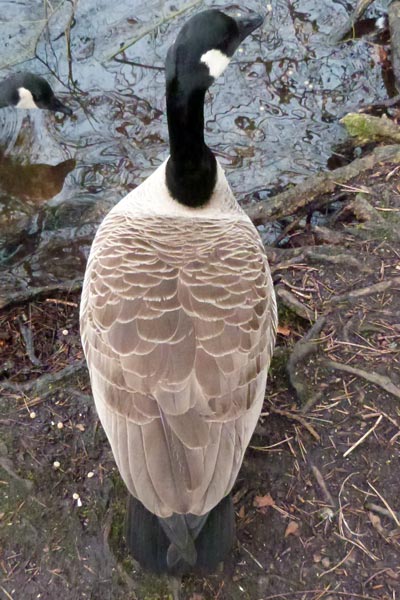 |
|
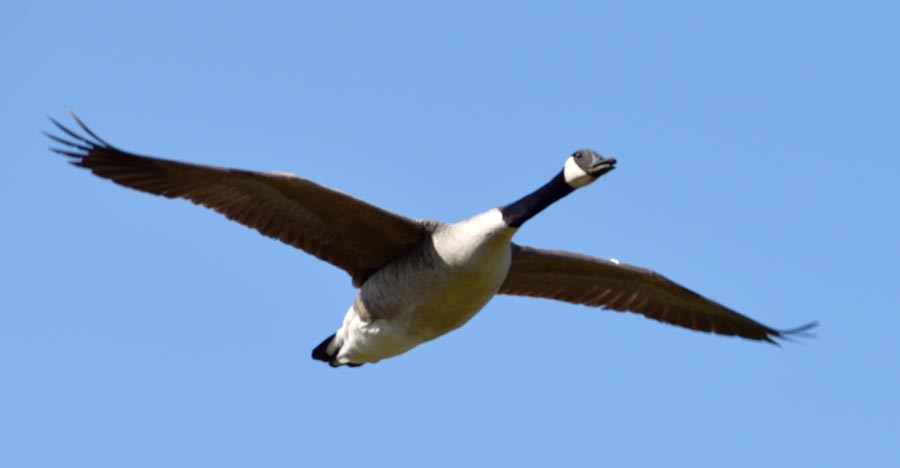 |
||
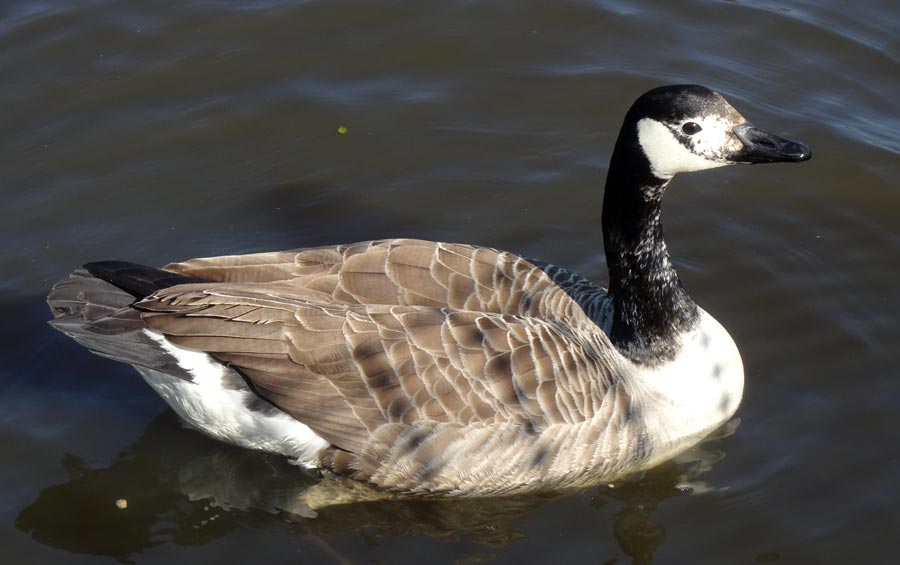 |
||
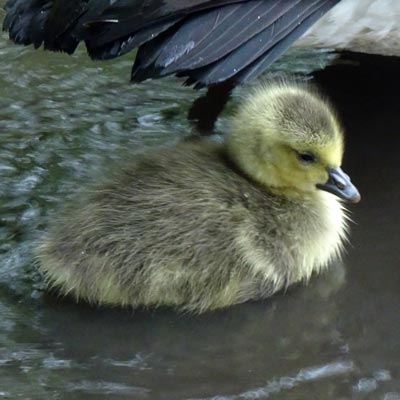 |
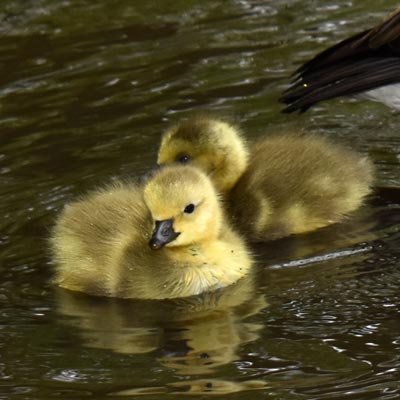 |
|
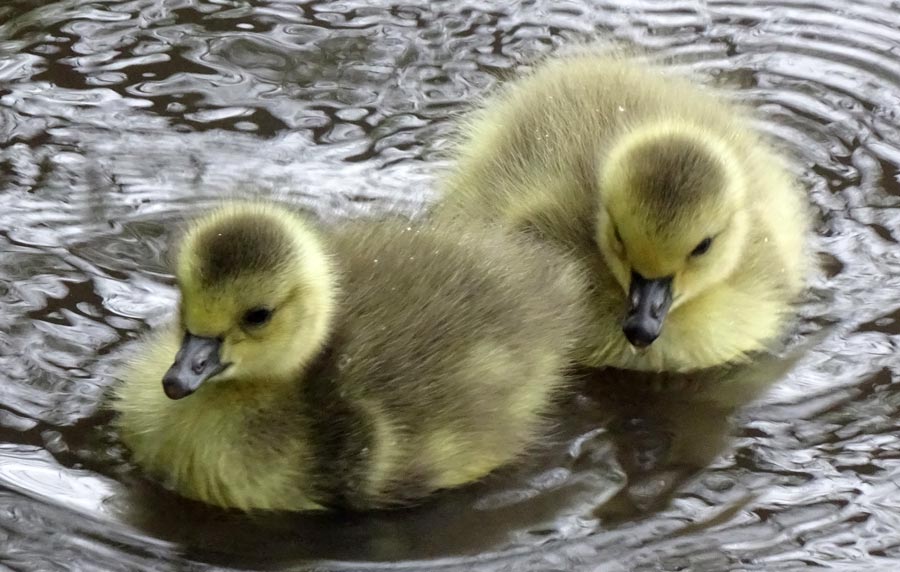 |
||
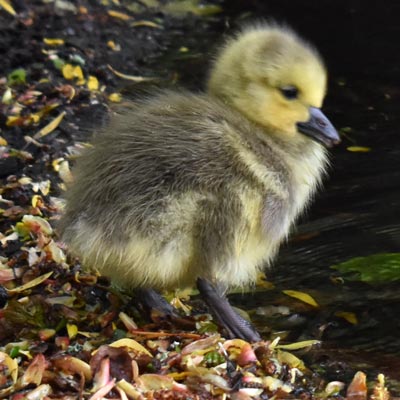 |
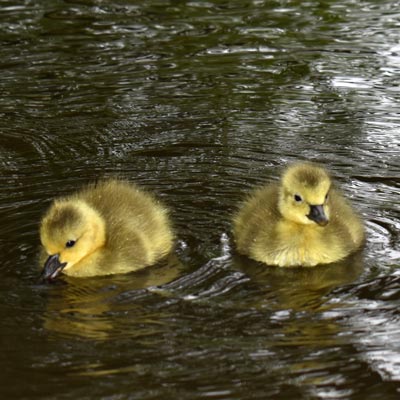 |
|
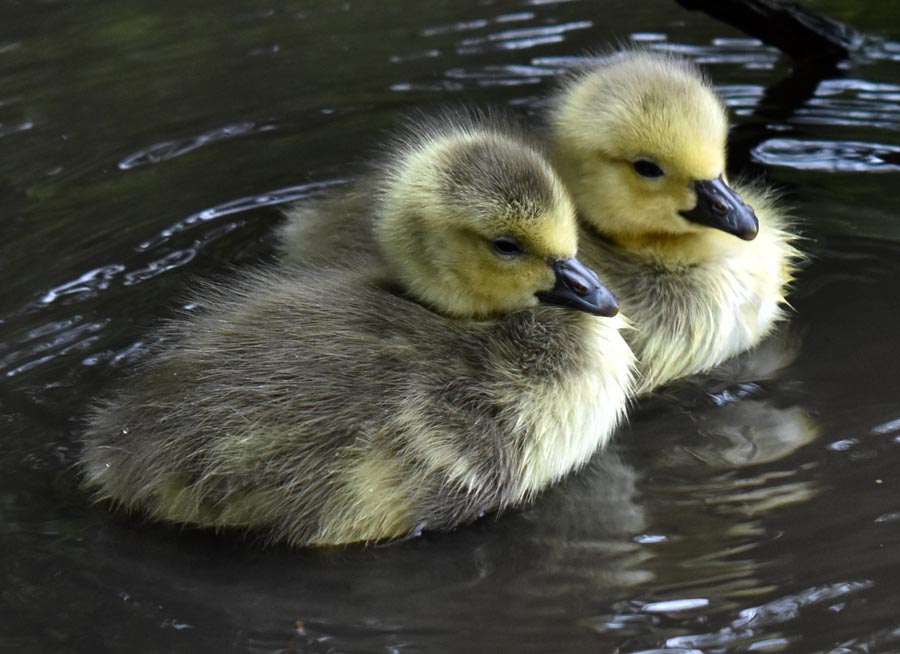 |
||
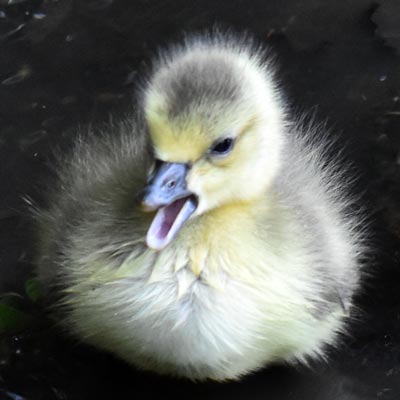 |
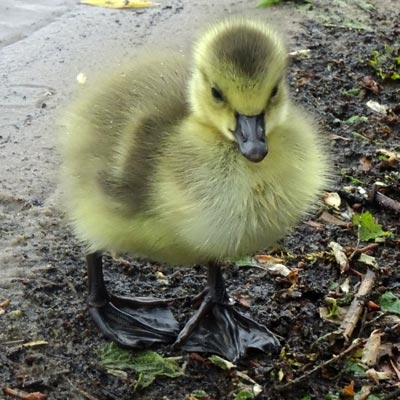 |
|
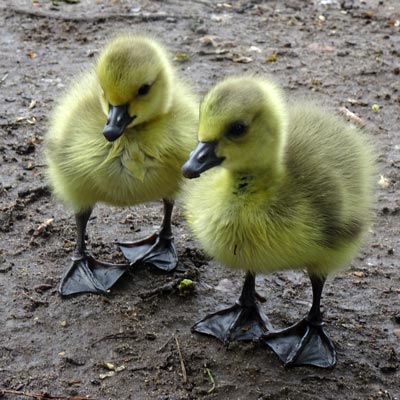 |
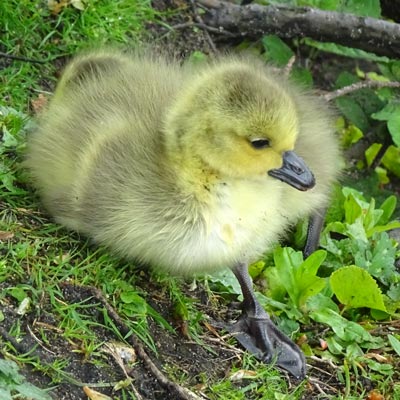 |
|
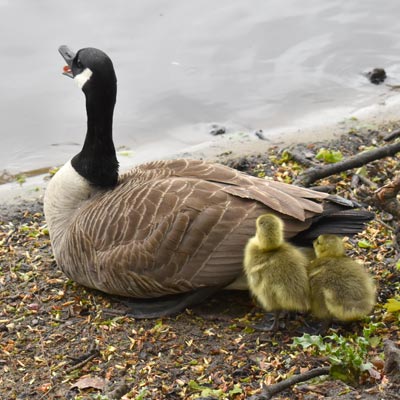 |
 |
|
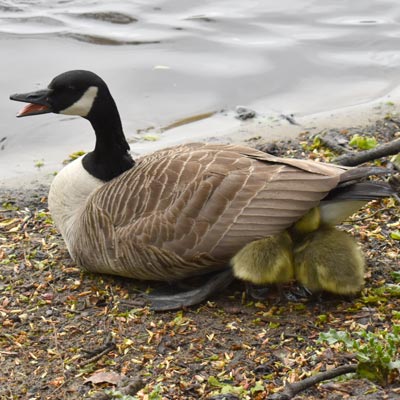 |
 |
|
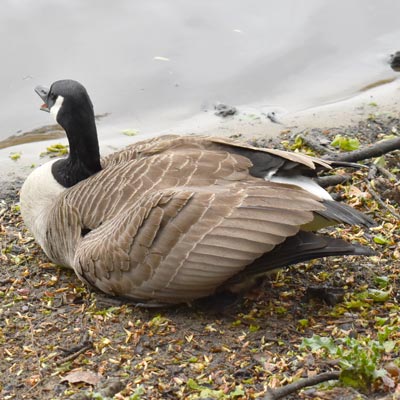 |
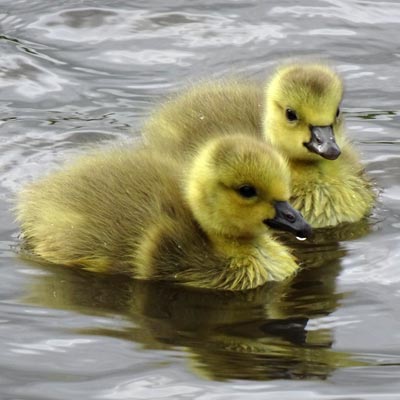 |
|
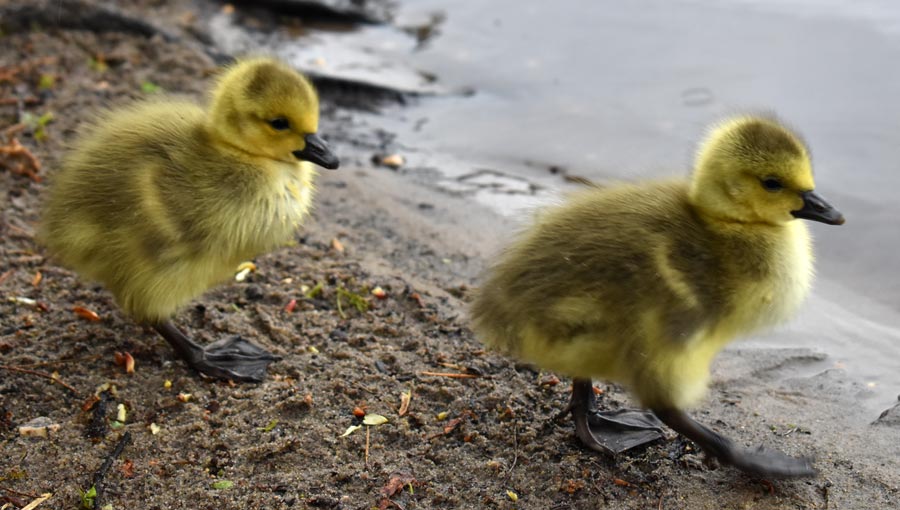 |
||
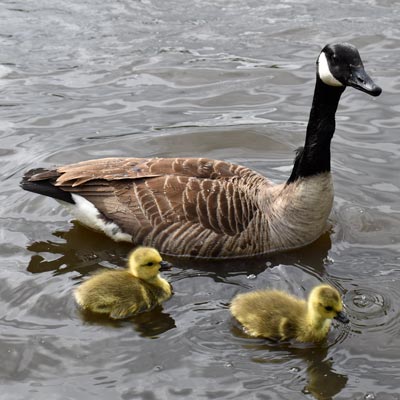 |
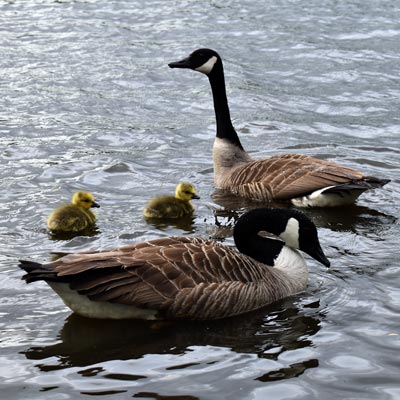 |
|
 |
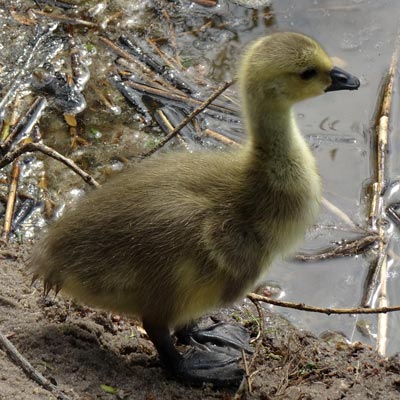 |
|
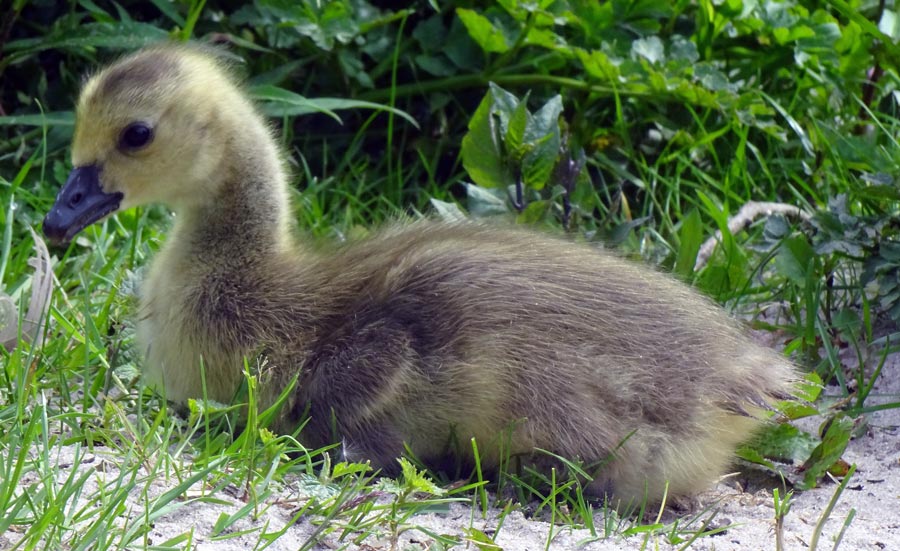 |
||
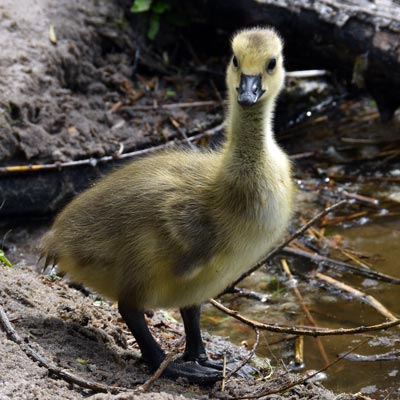 |
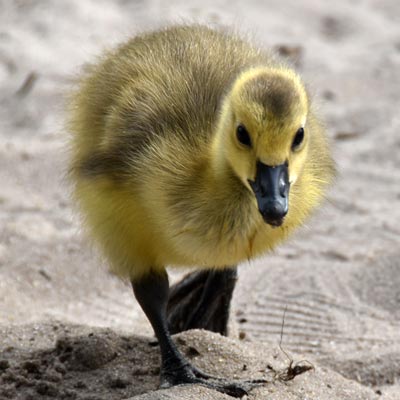 |
|
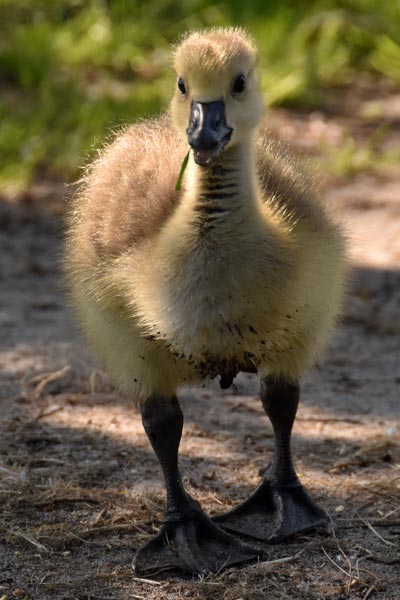 |
||
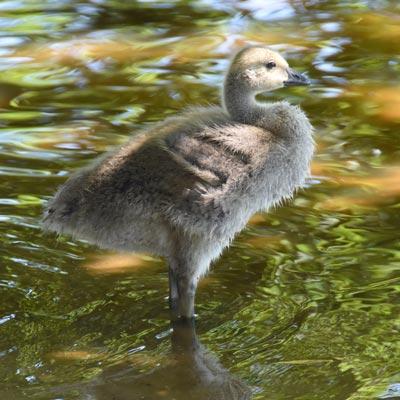 |
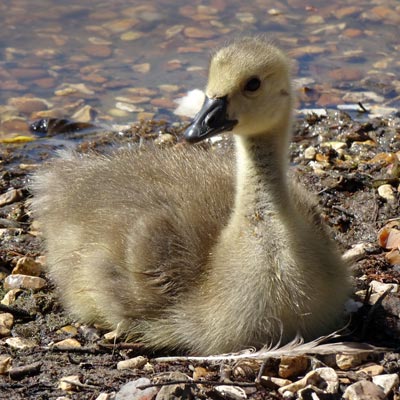 |
|
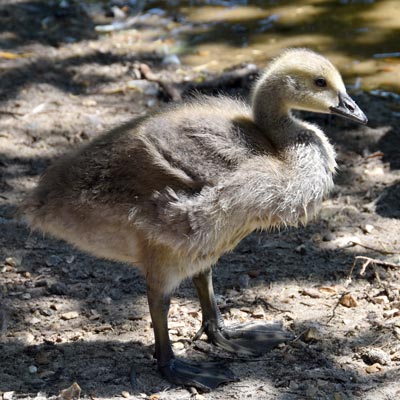 |
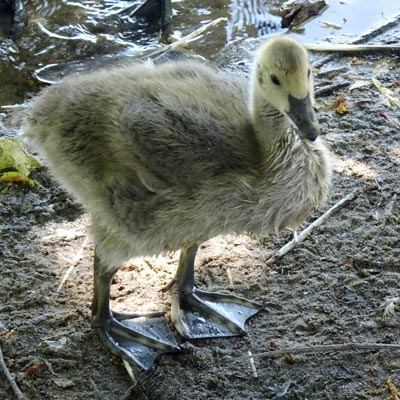 |
|
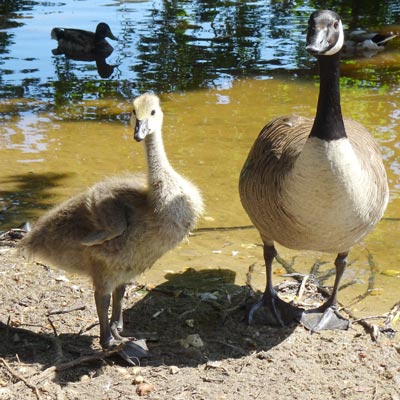 |
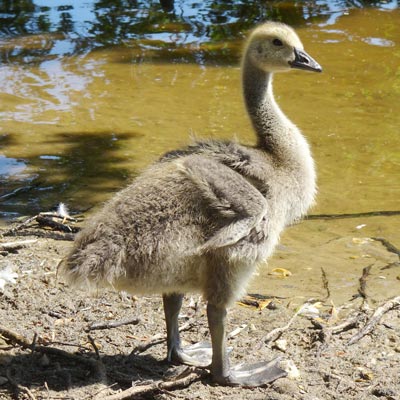 |
|
| Go to the top of this page | ||